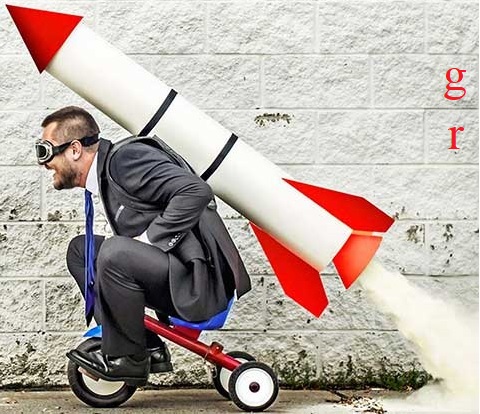One financial lesson they should teach in school is that most of the things we buy have to be paid for twice. There’s the first price, usually paid in dollars, just to gain possession of the desired thing, whatever it is: a book, a budgeting app, a unicycle, a bundle of kale. But then, in order to make use of the thing, you must also pay a second price. This is the effort and initiative required to gain its benefits, and it can be much higher than the first price.
I feel like there’s a lot more to this than “pay it twice”. If you’re talking purely in dollars, then you’ll want to consider maintenance and upkeep over the expected lifetime of the object and compare that to alternatives. Additionally, everything has an opportunity cost because no resource is limitless and you could have allocated it elsewhere. Finally, emotional and other intangible benefits are something that most people have a very difficult time quantifying.
If you want to say “consider more than just the purchase price” then I’m with you.
Good point. I didn’t think long term enough.
How about a bag of chips or a cigar?
The price for each of that is a tiny chip of your health.
My Steam library says hello…
I don’t know if this is to mean you only paid for your games once, or if you’re like me and have a ton of older games you bought again to have on Steam because they don’t even have CD-Keys to be added manually from an original purchase (like Doom 1995).
I took it to mean that they’re like me and buy a bunch of games but never put in the time to play most of them.
You paid half price! Nice!




